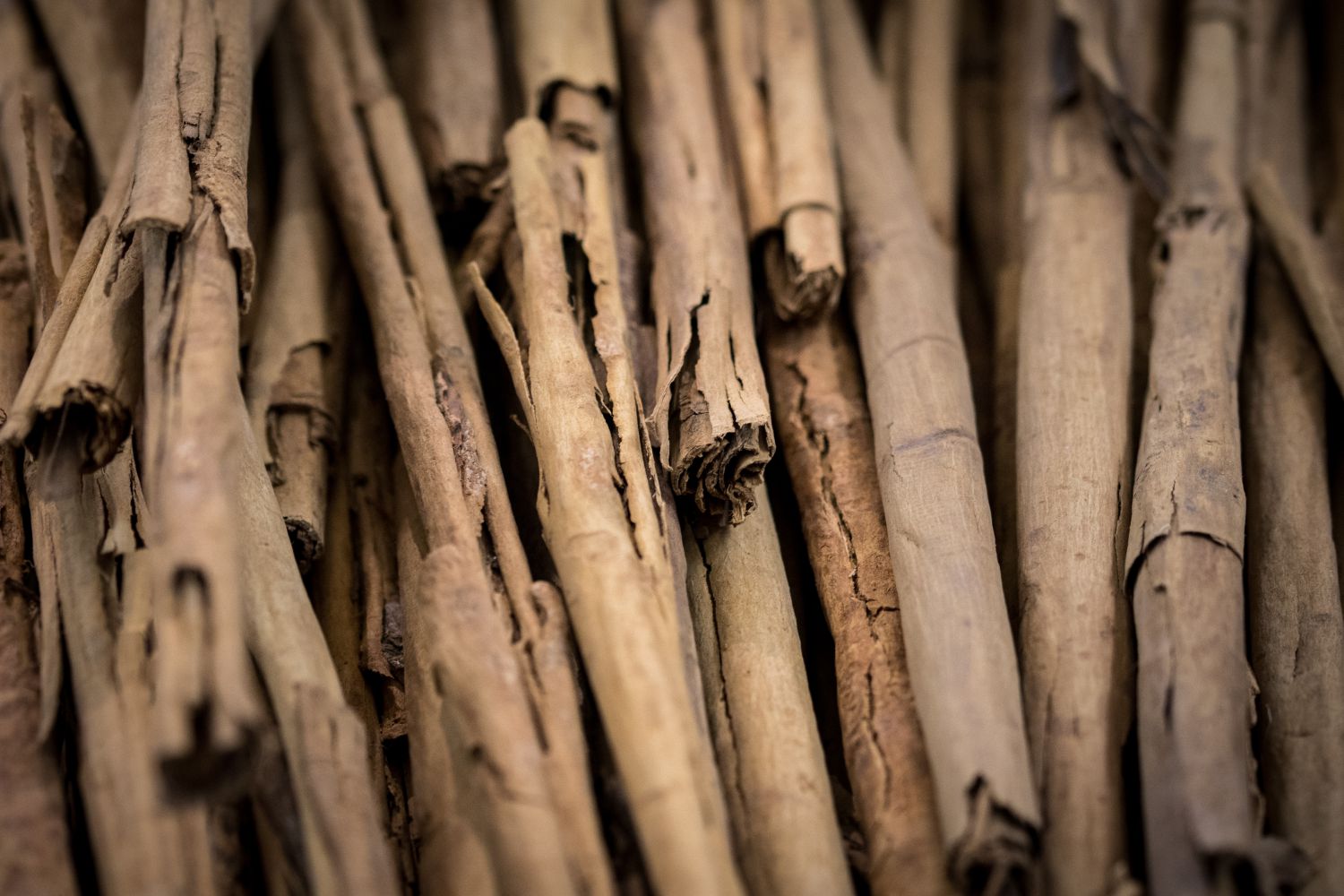
When you think of cinnamon, you probably immediately associate it with Christmas treats! However, there are more positive effects of cinnamon beyond the holiday spirit. Discover them in this article!
Origin of Cinnamon
Cinnamon is a bark spice derived from the cinnamon tree, an evergreen laurel plant that grows in warm and humid regions. Native to Sri Lanka, cinnamon is also cultivated in Java, Brazil, and Sumatra today. Cinnamon has been used since around 2700 BC. In Mediterranean countries, it was used for incense and medicinal purposes. The inner bark of small young branches of the cinnamon tree is now cut, stripped, and fermented. They are then dried and acquire their typical brown color. Cinnamon flowers are also used as a spice, but they have a milder aroma and are mainly used in liqueur production.
The Effects
Cinnamon is considered a true metabolism booster. According to Dr. Bharat B. Aggarwal, it promotes circulation and digestion, stimulates life fluids, and helps alleviate spasms. It is also used against arteriosclerosis. Petra Kühne emphasizes its heating and appetite-boosting effects, as well as its circulatory stimulation. Cinnamon reduces Vata and Kapha and should be used sparingly during pregnancy. Cinnamon is said to evoke the feeling of being a child again – we experience that every time we enjoy cinnamon star cookies, for example!
Cinnamon in the Kitchen
Cinnamon is a classic sweet spice. It is commonly used in rice pudding, millet, sweet casseroles, as well as teas and mulled wine. Cinnamon pairs particularly well with vanilla, coriander, or cardamom.
Cinnamon is not only a sweet spice but also a powerful booster for your circulation! It's especially popular in winter. However, cinnamon remains a precious and soothing spice throughout the other seasons as well.

